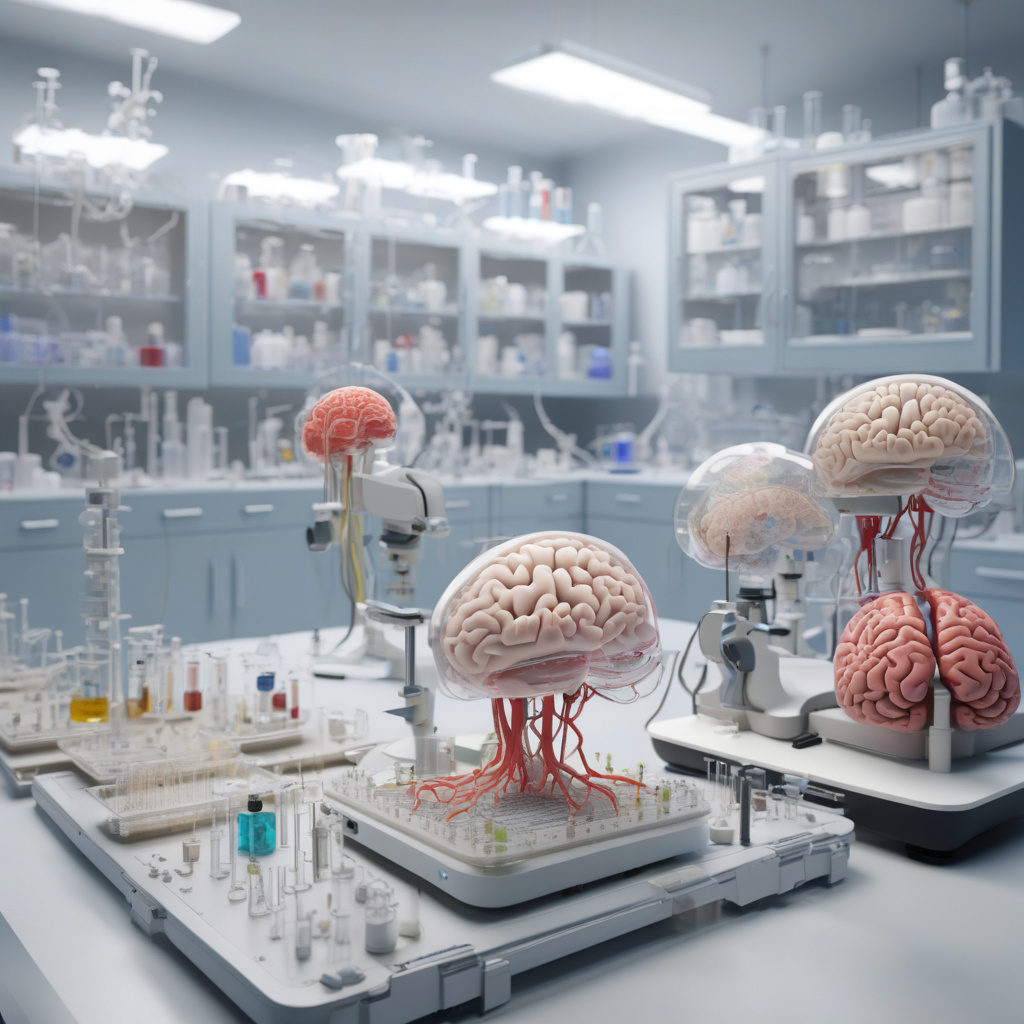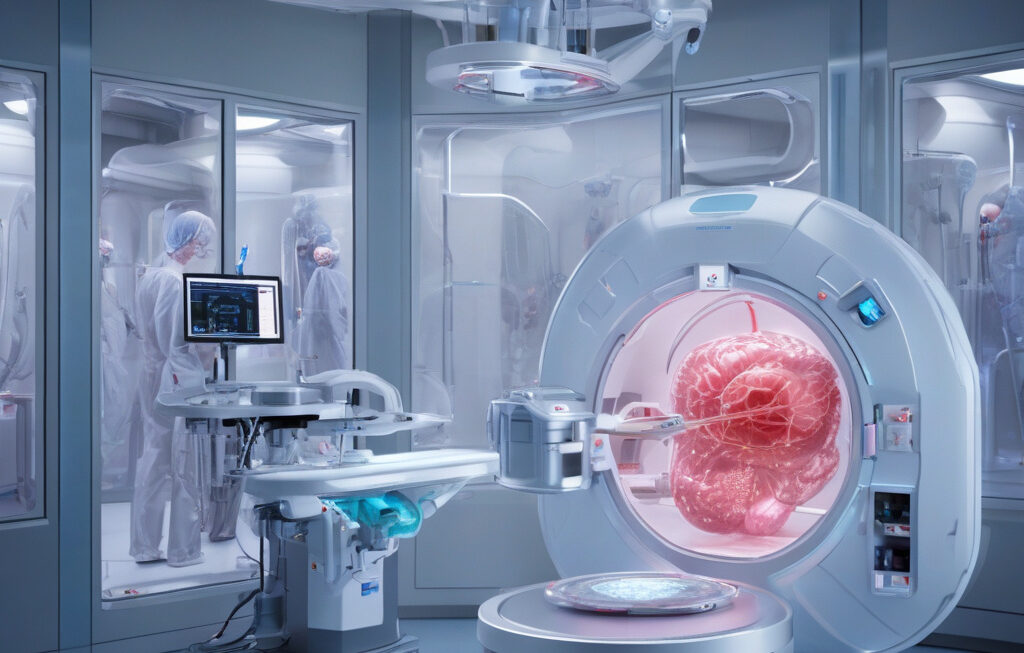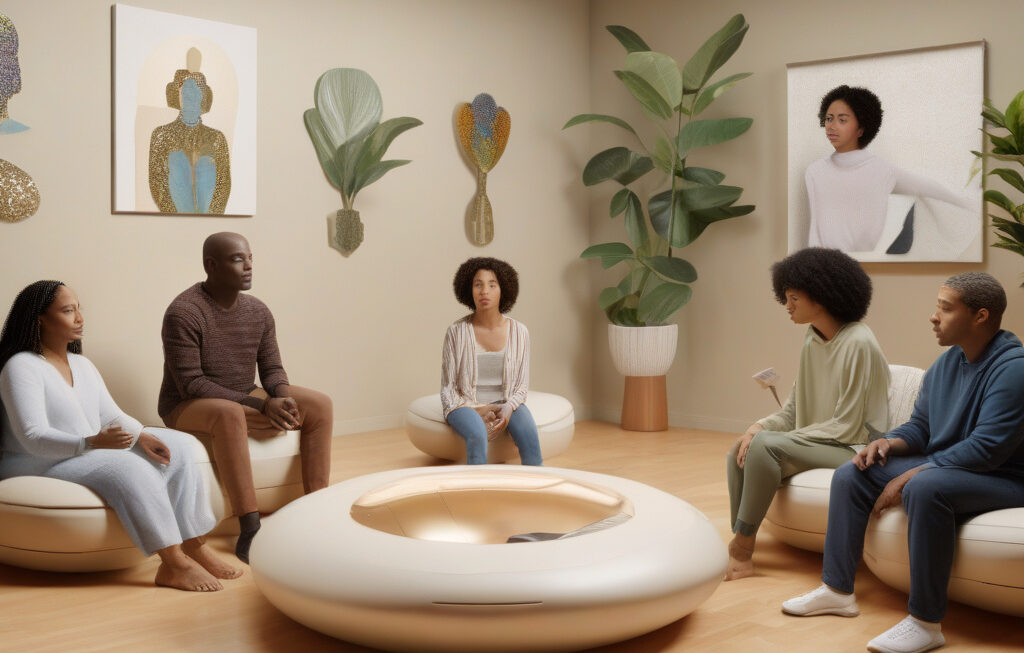3D Brain Models Made from Patients’ Own Cells Open Door to Tailored Therapies
MIT scientists have developed a new 3D human brain tissue model that could change how we approach neurological disorders and personalized medicine. By utilizing patients’ own cells, this innovative approach offers a promising glimpse into the future of tailored therapies.
Traditional methods of studying brain disorders often fall short in capturing the complexity of the human brain. However, with the advent of 3D brain models constructed from actual patient cells, researchers can now delve deeper into understanding the intricacies of neurological conditions. These models provide a more accurate representation of the human brain, allowing scientists to study diseases such as Alzheimer’s, Parkinson’s, and autism with unprecedented precision.
One of the key advantages of using patients’ own cells to create 3D brain models is the ability to tailor treatments to individual needs. By replicating the unique genetic makeup of each patient, researchers can test various drug therapies and predict their effectiveness with greater accuracy. This personalized approach holds tremendous potential for revolutionizing the field of neurology, offering new hope for patients who have long struggled to find effective treatments.
Moreover, these 3D brain models pave the way for more efficient drug discovery processes. By simulating the response of different patient populations to potential treatments, researchers can identify promising drug candidates faster and with higher success rates. This not only expedites the development of new therapies but also reduces the risk of adverse reactions in clinical trials.
The implications of this breakthrough extend beyond the realm of neurological disorders. The ability to create personalized 3D tissue models from patient cells has the potential to transform how we approach a wide range of medical conditions. From cancer to heart disease, this technology opens up new possibilities for tailoring treatments to individual patients, ushering in a new era of precision medicine.
As we witness rapid advancements in biotechnology and regenerative medicine, the development of 3D brain models from patients’ own cells represents a significant milestone in our quest for more effective therapies. By harnessing the power of personalized medicine, researchers are not only gaining a deeper understanding of complex diseases but also offering new hope to patients around the world.
In conclusion, the creation of 3D brain models from patients’ own cells marks a groundbreaking achievement in the field of neurology and personalized medicine. With the potential to revolutionize treatment strategies for neurological disorders and beyond, this innovative approach holds immense promise for improving patient outcomes and advancing medical research.
MIT, 3D Brain Models, Personalized Therapies, Neurological Disorders, Precision Medicine












